These incredible images are a selection from of the 25 shortlisted by The Natural History Museum for the People's Choice Award from this year's Wildlife Photographer of the Year. Which one captures your imagination?
You can browse the images, find your favourite and then enter your name and email address and select the Vote button to make your choice here. Choose carefully as you only have one vote.
Photograph: Mario Cea/2016 Wildlife Photographer of the Year
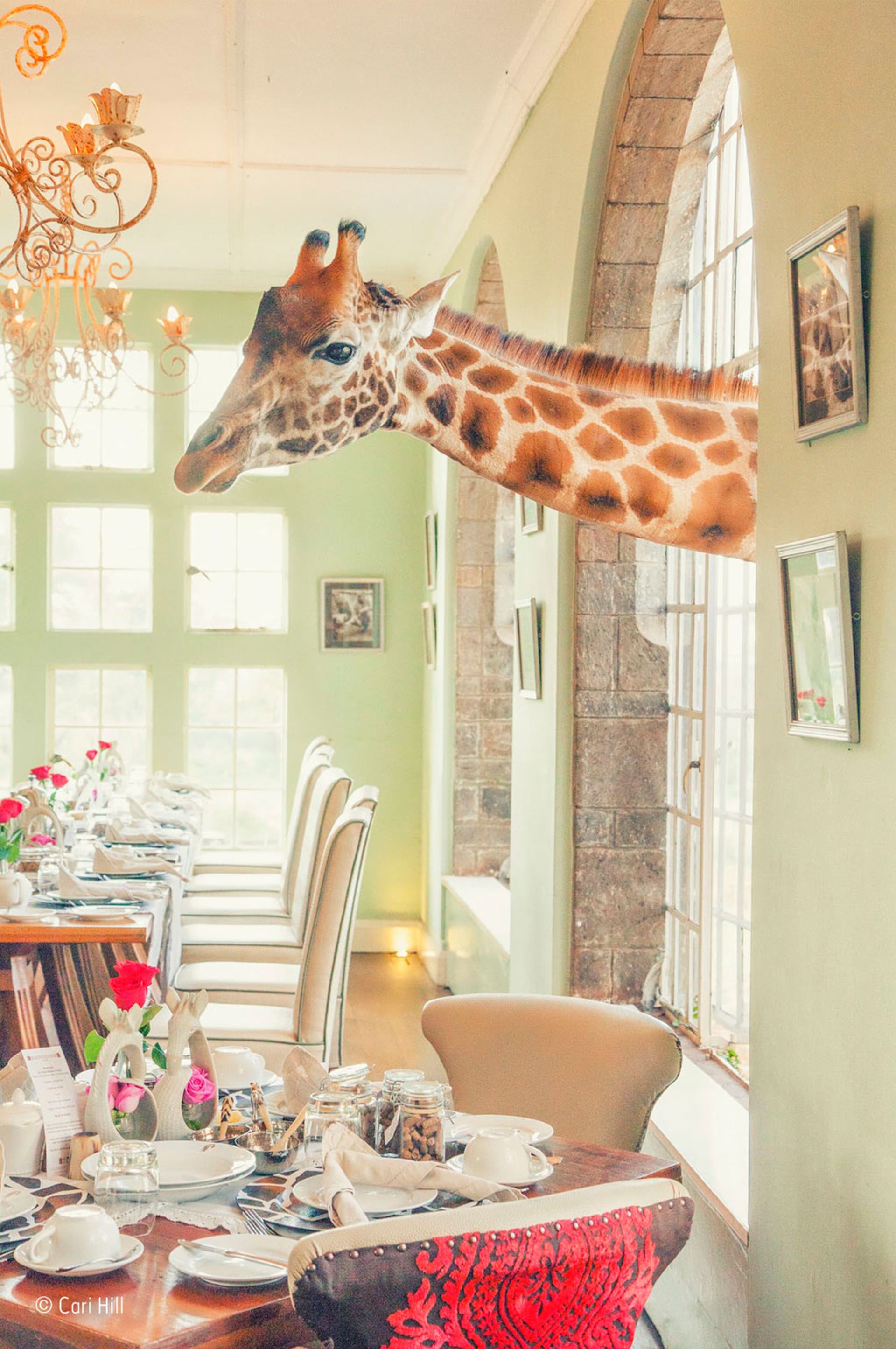
Breakfast time by Cari Hill (New Zealand): Shortly after buying the Giraffe Manor in Nairobi, Kenya, the owners learned that the only remaining Rothschild’s giraffes in the country were at risk as their sole habitat was being subdivided into smallholdings. So they began a breeding programme to reintroduce the Rothschild’s giraffe into the wild. Today, guests can enjoy visits from resident giraffes in search of a treat.
Photograph: Cari Hill/2016 Wildlife Photographer of the Year
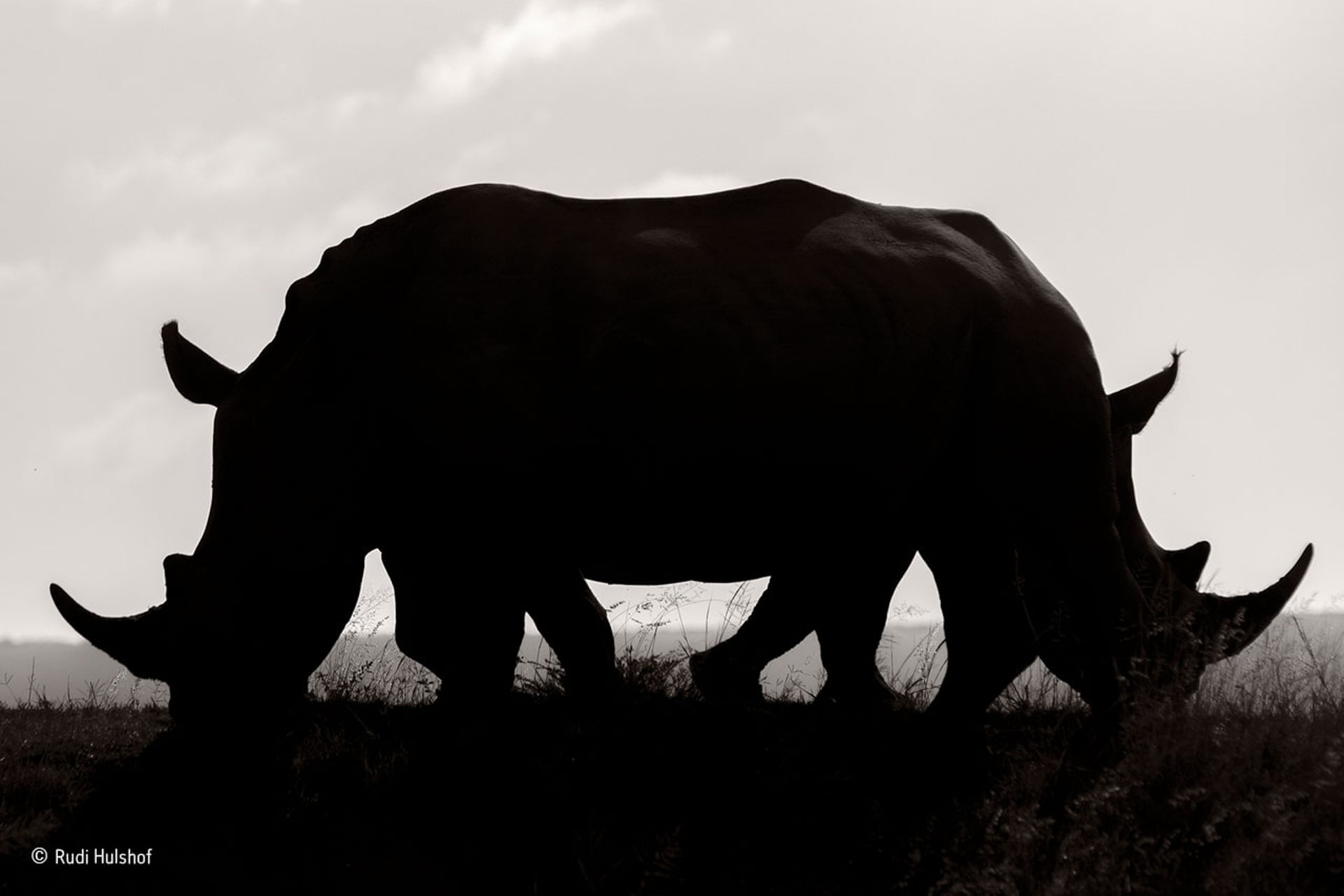
Confusion by Rudi Hulshof (South Africa): Rudi wanted to capture the uncertain future of the southern white rhino in the Welgevonden game reserve, South Africa, due to poaching. He anticipated the moment when these two rhinos would walk past each other, creating this silhouette effect and the illusion of a two-headed rhino.
Photograph: Rudi Hulshof/2016 Wildlife Photographer of the Year
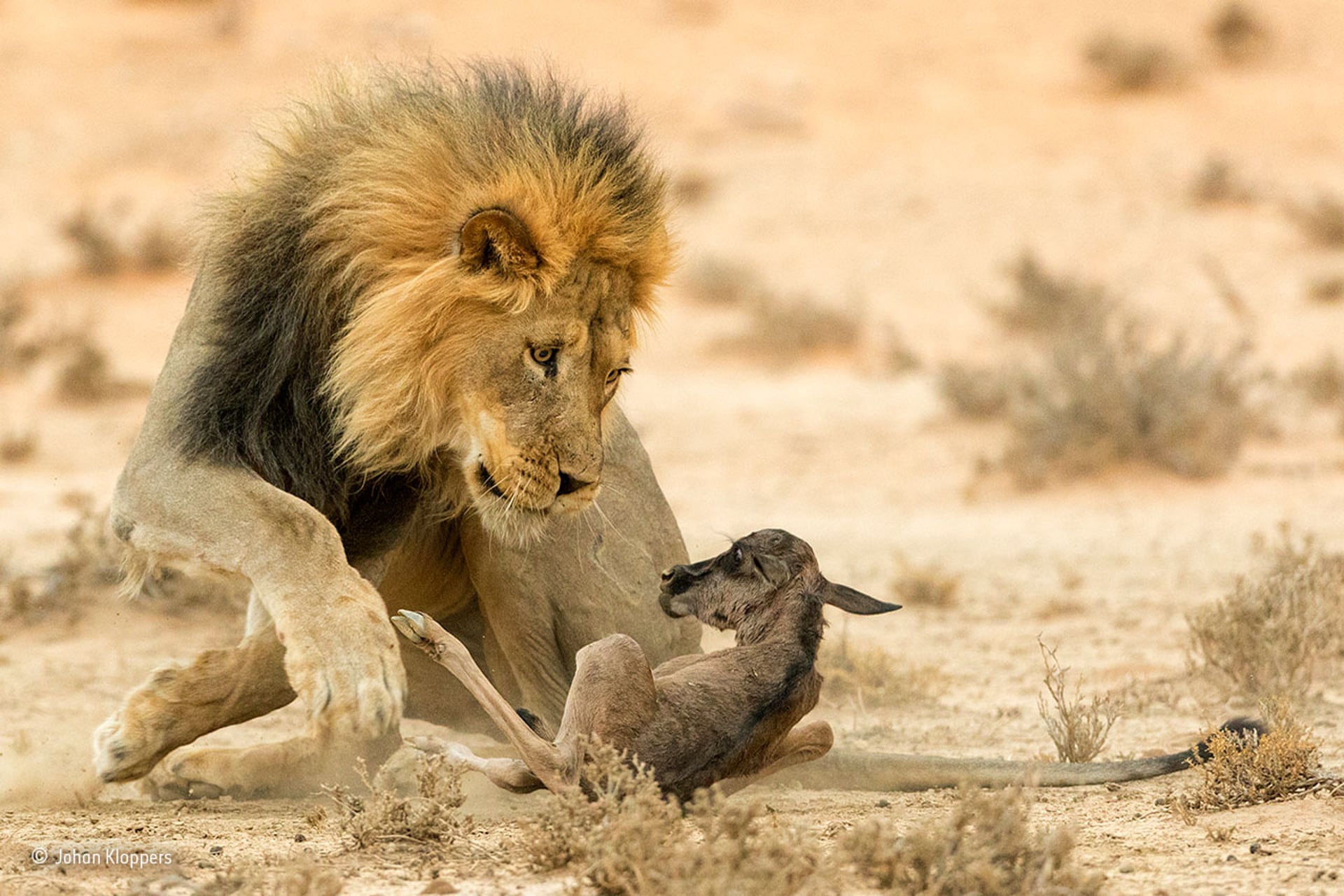
The stare of death by Johan Kloppers (South Africa): Johan saw this little wildebeest shortly after it was born in the Kgalagadi transfrontier park, South Africa. Little did he know that he would witness its death later that same day – the small herd of wildebeest walked right past a pride of lions and the calf was caught by a lioness and then taken by this male lion.
Photograph: Johan Kloppers/2016 Wildlife Photographer of the Year
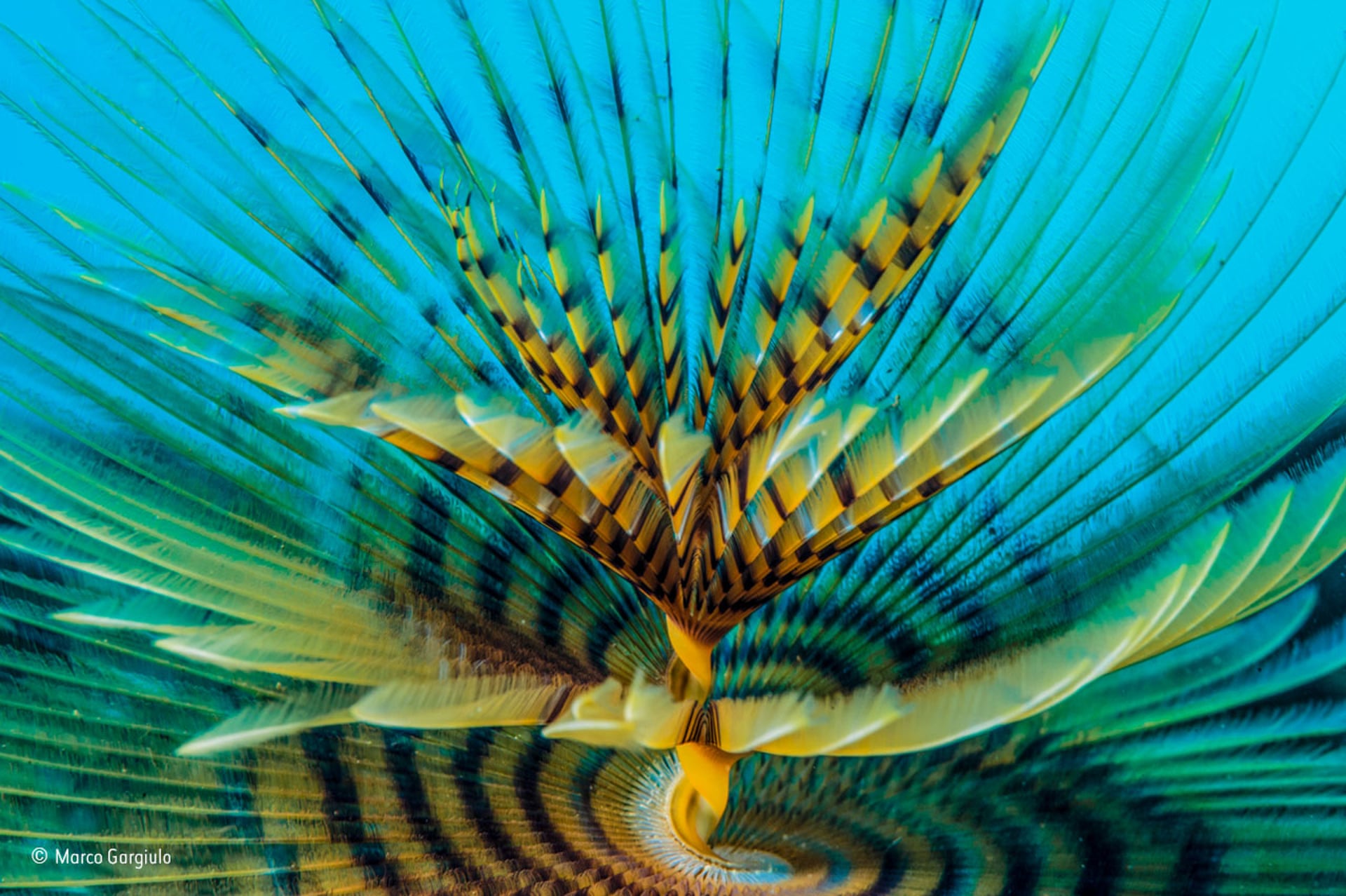
Spiral by Marco Gargiulo (Italy): Sabella spallanzanii is a species of marine polychaete, also known as a bristle worm. The worm secretes mucus that hardens to form a stiff, sandy tube that protrudes from the sand. It has two layers of feeding tentacles that can be retracted into the tube, and one of the layers forms a distinct spiral.
Photograph: Marco Gargiulo/2016 Wildlife Photographer of the Year
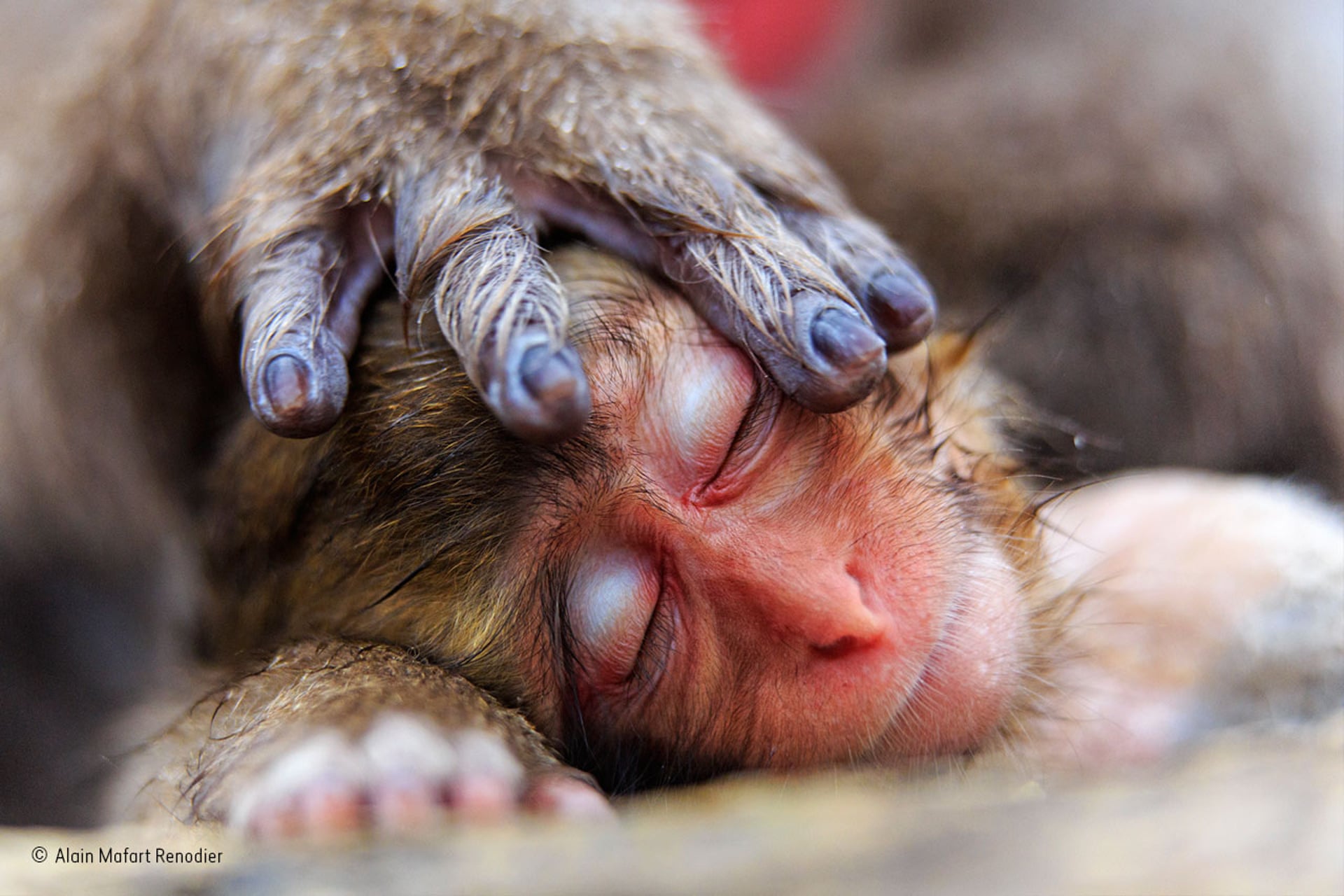
A mother’s hand by Alain Mafart Renodier (France): Alain was on a winter visit to Japan’s Jigokudani snow monkey park when he took this photograph of a sleeping Japanese baby macaque, its mother’s hand covering its head protectively.
Photograph: Alain Mafart Renodier/2016 Wildlife Photographer of the Year
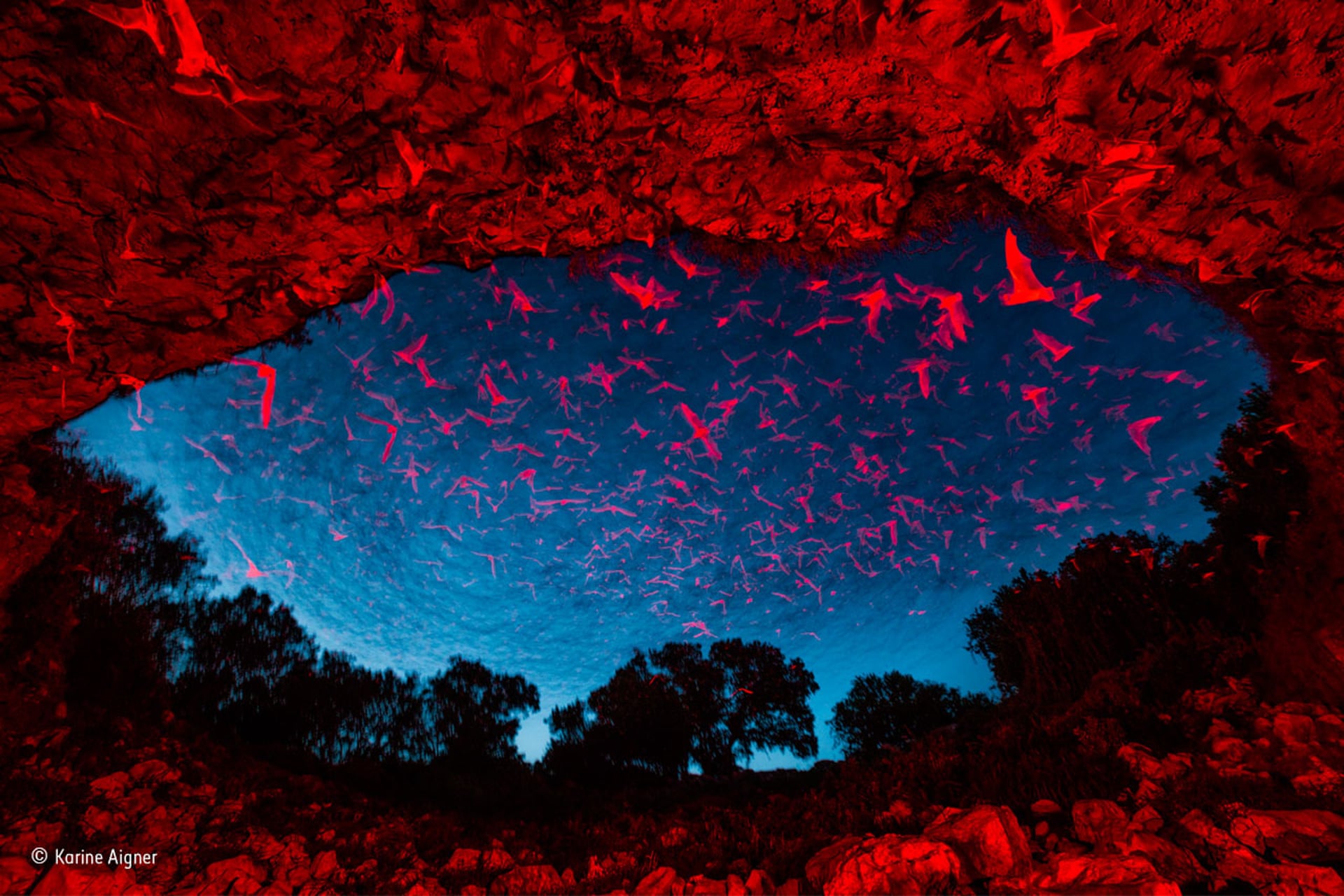
Into the night by Karine Aigner (US): During the summer months, 20 million Mexican free-tailed bats arrive at Bracken Cave in San Antonio, Texas, to give birth and raise their young. Each evening at dusk, the hungry mothers emerge into the night in a vortex, circling out through the entrance and rising into the sky to feed on insects.
Photograph: Karine Aigner/2016 Wildlife Photographer of the Year

The couple by Sergio Sarta (Italy)During a dive off the coast of Tulamben, Bali, Indonesia, Sergio was finning across a volcanic, dark grey, sandy seabed when he saw a brightly coloured organism – a fire urchin with an elegant couple of Coleman shrimps. The fire urchin has quills that are very toxic to humans; the shrimps avoid this danger by seeking out safe areas between the quills.
Photograph: Sergio Sarta/2016 Wildlife Photographer of the Year
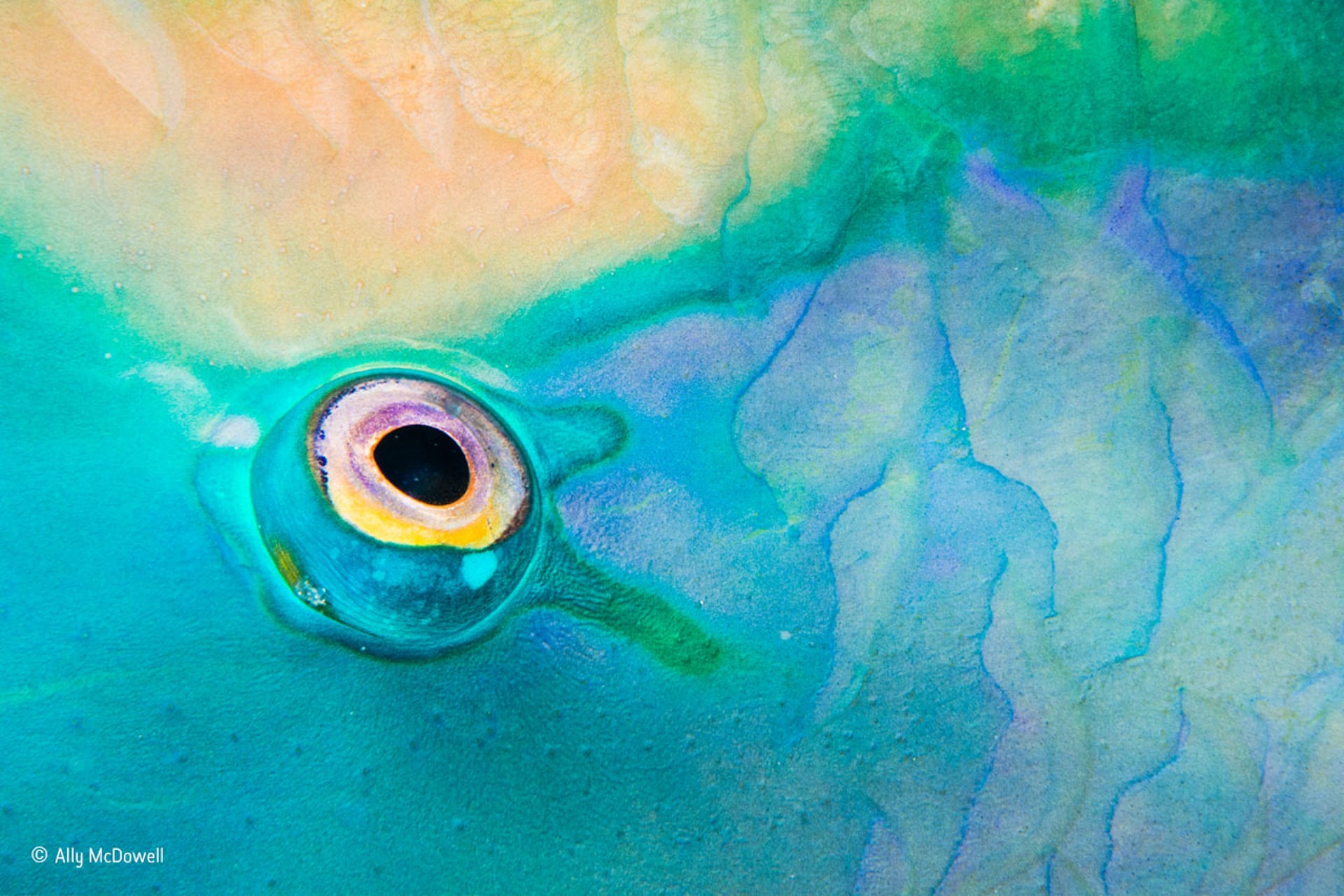
Eye in focus by Ally McDowell (US/UK): Ally often focuses on colours and patterns underwater. She nearly threw away an image of a fish’s eye but her partner asked to see it and then turned it upside down. Ally saw it was an unusual, abstract view and so on a night dive, when the parrotfish were sleeping, she focused on creating a similar image.
Photograph: Ally McDowell/2016 Wildlife Photographer of the Year

Rainbow wings by Victor Tyakht (Russia): The bird’s wing acts as a diffraction grating – a surface structure with a repeating pattern of ridges or slits. The structure causes the incoming light rays to spread out, bend and split into spectral colours, producing this shimmering rainbow effect, captured here by Victor.
Photograph: Victor Tyakht/2016 Wildlife Photographer of the Year
You can view all entries and vote for your favourite
here.